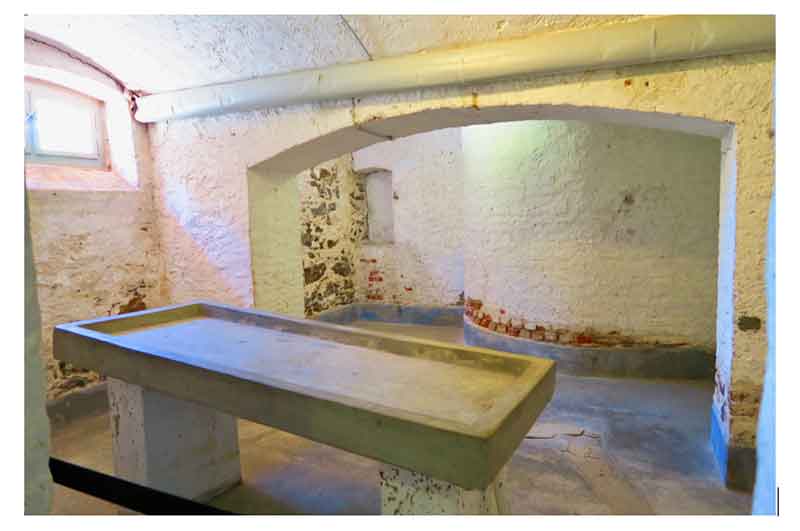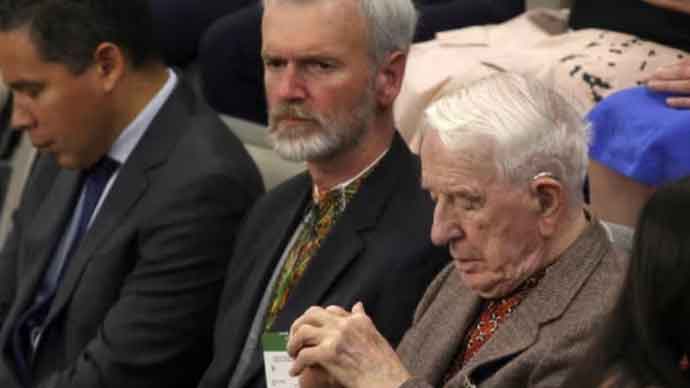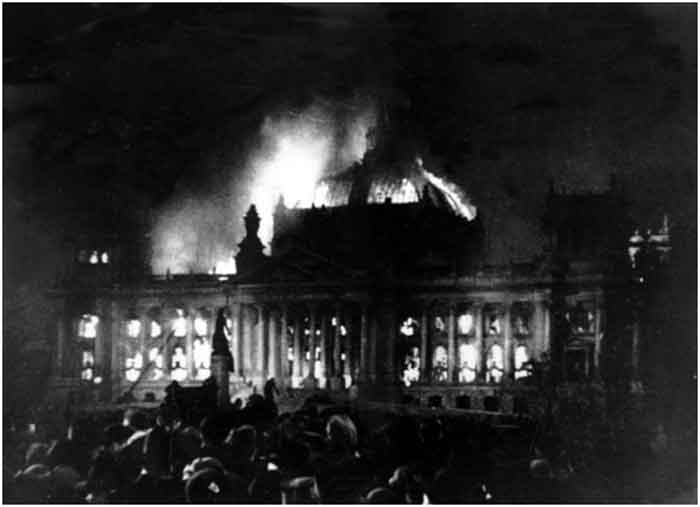
Source: the author and craiyon.com
This is a story of an ordinary pogrom in an ordinary German village – called Guntersblum. A recent German-language book looks at the early stages of the Holocaust illuminating what happened in the early years of Nazism – before, for example, Auschwitz was established.
The story is quite similar to, for example, Forecasting the Holocaust; There is nothing here!; and A forgotten house in Berlin. This ordinary German town, situated on the river Rhine, could be anywhere in Germany, yet its significance reaches far beyond that town.
In 1938, surrounded by several uniformed Nazis, six local Jewish men were frog-marched through Guntersblum and pebbled with sand and rocks the day after what became known as Kristallnacht.
The degradation of Jews was part of the most severe anti-Semitic humiliation in central Europe not seen since many centuries. Those who committed these atrocities remained untouched while living in local communities for decades to come. Still, what occurred in Guntersblum was by no means an exception.
In the wake of Kristallnacht in Guntersblum, four of the six humiliated Jews were deported to the East, as the Nazis called it deceptively, during 1941 and 1942 where they were murdered. Two managed to leave Germany and survived. What happened in Guntersblum is richly documented because local police took 60 witness statements at the time.
These investigations took place because of the plundering of Jewish property that was strictly forbidden by order of Germany’s secret police and NSDAP – yet, they still occurred not just in Guntersblum.
Not too long before all that – in the early 1920s – local wine merchant Georg Zimmer founded the first Nazi Party chapter in Guntersblum. It is a town where Germany’s Nazi party received a meager twenty-four votes during the May 1924 elections. By 1926, a local Nazi-leader and NS-Gauleiter spoke in Guntersblum protected by 30 to 40 SA men recruited from the nearby towns of Osthofen, Worms, and Frankenthal.
By the late 1920s, Guntersblum’s Nazis saw their enemies in democrats, Marxists, and Jews. During the election in September 1930, the Guntersblum Nazis received 18.3% of the votes and painted the Swastika on local streets. Still, Guntersblum’s local Nazi organisation counted only 19 members while 58 people subscribed to the local Nazi newspaper called Hessenhammer.
At nearby Osthofen concentration camp – immortalized by Spencer Tracy – no less than two Guntersblum men were stationed who tormented and tortured inmates with beatings, deprivation of food, and faked executions – Jewish inmates feared even worse. As local harassment increased in the region, many Jewish people of Guntersblum migrated to the USA, Brazil, and Palestine.
A local paper – the Landskrone – reported, there is no place for Jews in Guntersblum. By August 1935, Guntersblum’s local town council issued a decree forbidding residency for Jews in Guntersblum while also banning the purchase of real estate in Guntersblum. Meanwhile, an anti-Semitic banner at the entrance to Guntersblum declared, the way to Jerusalem does not lead through this town.
To organise the Kristallnacht pogrom of November 1938, Himmler and Heydrich issued specific orders … Jewish shops and residences were to be destroyed but no thievery is to be allowed. With that order, the Jews became fair game.
This only increased the already frequently rehearsed cooperation between SA and local authorities. Worse, on 10th of November 1938, SA men like local night-watch man, Nazi, and thug Johann Oswald, as well as local police officer Knopp began to search Jewish houses – finding no weapons. Such baseless accusations, subsequent searches and police actions helped to maintain the fiction of a local anger against Jews.
Still, two local Jews – Ludwig Liebmann and Eugen Wolf – were arrested, abused, spit on and tormented. In the morning after the humiliation, three more Jews – David Rüb, David Monat, and Adolf Grünwald – were arrested while Guntersblum’s Nazis shouted, string them up and cut their throats.
At the same time, Guntersblum’s synagogue was ransacked. Eventually, the aforementioned humiliating frog-march of the Jews through the town took place. For several hours, Jewish men were beaten, kicked and when arriving at the Schulgässchen, the whipping really started. Some men were pelted with horse shit while others were beaten with sticks and maltreated with iron chains.
To watch the spectacle, children were given a day off from school. Some children and about thirty people watched the march of the Jewish people. The number of attending spectators and tormentors remain far below the hundreds of onlookers that the Nazis claimed to have taken part.
In reality, only a tiny proportion of Guntersblum’s 2,600 inhabitants took part. Meanwhile, local Nazis piled up the furniture of the synagogue and burned it while the Jews were made to watch. Guntersblum’s synagogue was not burned down for two reasons:
- there was a fear that close-by buildings might catch fire and,
- secondly, a local neighbour planned to purchase the Jewish property cheaply.
The six Jews from the degrading march were put in prison and fed pork. Eleven years later, a local Nazi – Heinrich Schmunk who bought the pork meat – asked for a receipt from the local butcher to be able to claim to American occupying authorities that he helped the Jews.
Nazi deceptions and lying did not end with the liberation from Nazism in 1945. Back in November of 1938, all six Jewish men were released on the following day. During the days and following the Kristallnacht and assisted by Osthofen’s SA, more Jewish houses were raided in Guntersblum. Osthofen’s SS strongman was Karl d’Angelo.
He maintained a close association with Guntersblum’s Nazi fighting platoon. Such Nazi cooperation also resulted in the fact that the Jewish school in Guntersblum’s Viehgasse was totally destroyed.
With the arrival of American soldiers in Guntersblum, investigations into war crimes started. The aforementioned Nazi Oswald received two and a half years’ prison time but was released after only six months.
Rösch received two years’ probation while NS-Ortsgruppenleiter and Sturmführer Peter Fiesser received a fine but no incarceration was ordered. Nazi Heinrich Schmunk also got off even more lightly. It appears as if the plundering and thieving of Jewish houses were not seen as a criminal offence in the immediate post-war years.
Several decades later, anti-Semitism was still prevalent in Guntersblum when the local Jewish cemetery was desecrated in the year 1969. The local mayor simply stated, not my responsibility. Key to post-war relations is the following statement in a recent book:
most Nazis of the 1930s who tormented Jews remained fully integrated into the local community of Guntersblum.
In 1997, Guntersblum’s authorities managed to install a plaque on the former Jewish school commemorating the deported Jews of Guntersblum in 1942. Since April 2011, twenty-three Stolpersteine remember Guntersblum’s Nazi victims.
In the end, a normal pogrom in a normal German town shows how easy it was for the Nazis to use Germany’s state machinery to achieve their racial goals and to eradicate the Jewish people of Guntersblum. It explains the ease with which the Nazis found Willing Executioners in and around a normal town called Guntersblum. This is what made the Holocaust possible.
Thomas Klikauer is the author of German Conspiracy Fantasies – out now on Amazon.

















































